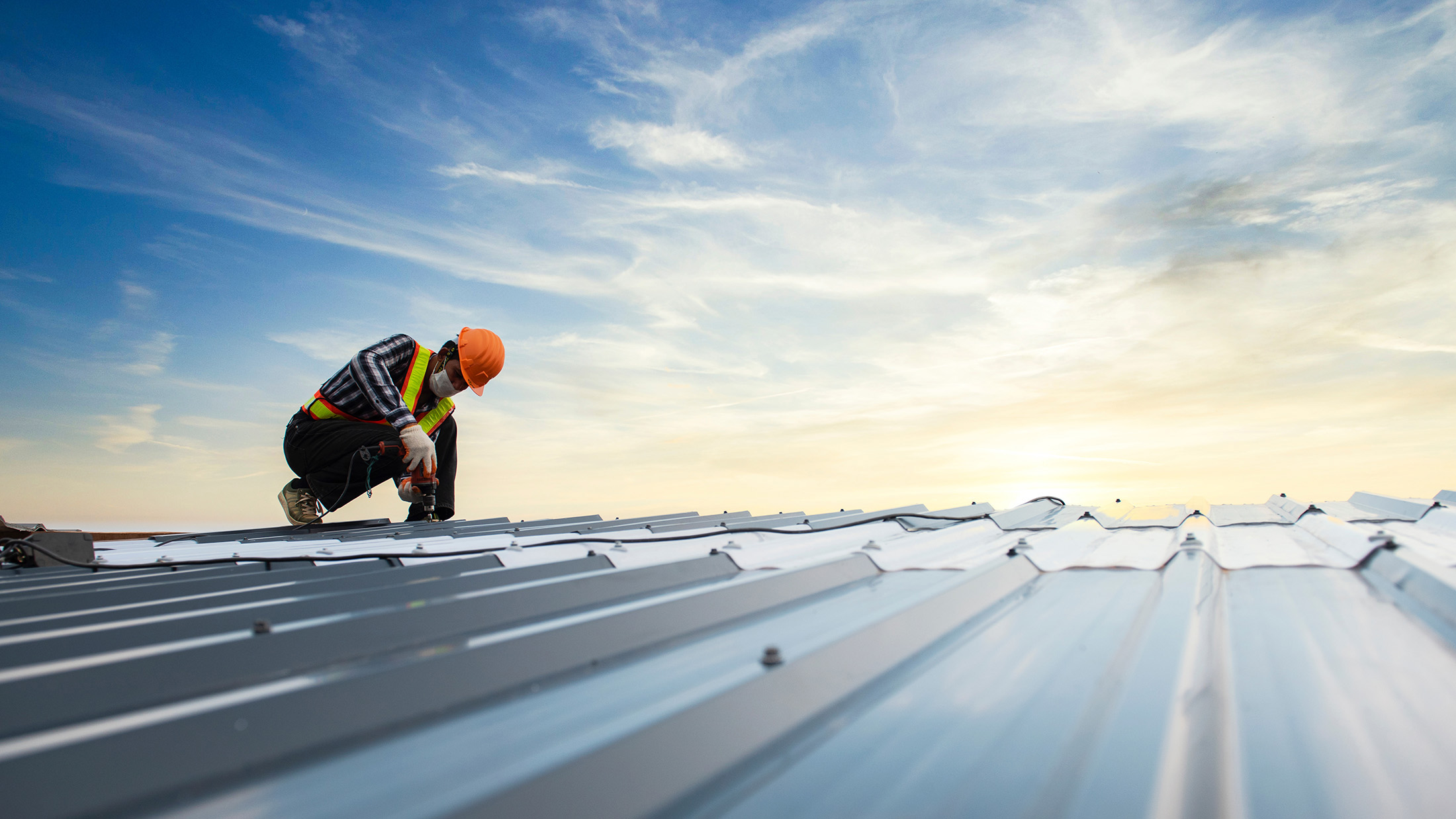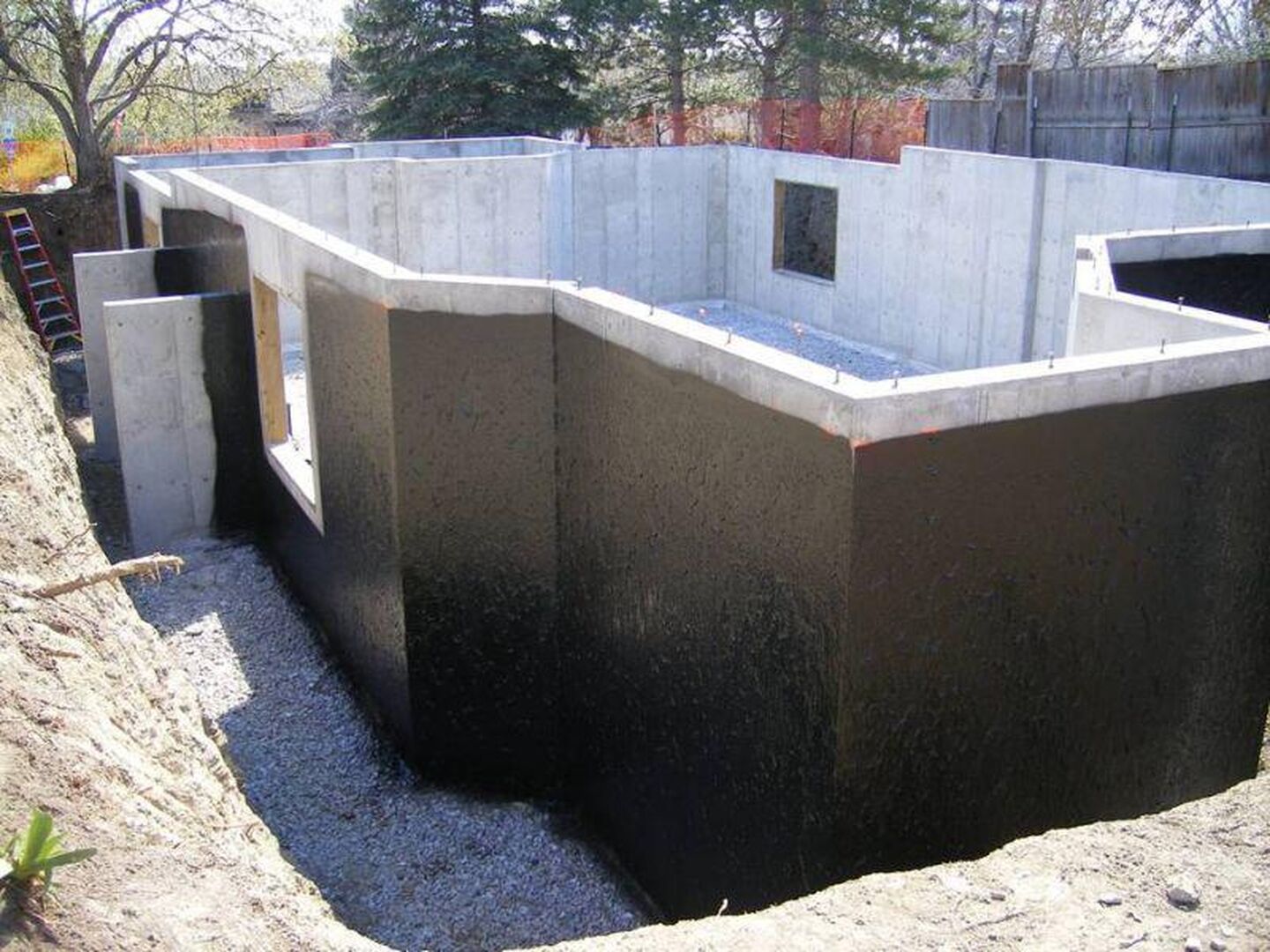Types of Waterproofing: Exploring the Numerous Approaches and Their Applications
Waterproofing is an important element of building and construction and maintenance. It secures structures from the detrimental effects of water damage. There are several techniques readily available, each with its unique applications and advantages. From membrane layer systems to cementitious solutions, recognizing these alternatives is important for reliable implementation. The selection of waterproofing method can substantially affect longevity and durability. Discovering these different methods reveals their distinct advantages and prospective challenges, prompting more consideration of suitable services.
Membrane Waterproofing Systems
Membrane waterproofing systems function as an important barrier against water breach in numerous structures. These systems typically contain thin sheets made from materials like rubber, polycarbonate, or asphalt, which are related to surface areas to stop moisture infiltration. They can be installed above or below quality and are especially reliable in areas susceptible to high water direct exposure, such as basements, roofing systems, and foundations.The setup procedure entails cleaning the substrate, using adhesives or guides, and precisely suitable the membrane layer to guarantee total insurance coverage. Membrane layer systems can be either fully stuck, mechanically affixed, or laid loose, depending upon the details demands of the task. They provide longevity and flexibility, fitting architectural motions without compromising their waterproofing abilities. In addition, these systems can be enhanced with extra layers for enhanced security. Eventually, membrane layer waterproofing systems are crucial for guarding structures against water damages and preserving long-lasting honesty.
Liquid-Applied Waterproofing Coatings
Liquid-applied waterproofing layers offer a functional service for protecting surfaces from water seepage - Sump pump discharge drainage Omaha. These coverings include liquid materials that, when applied, create a smooth, versatile membrane. Their flexibility enables application on numerous substratums, including concrete, steel, and wood. The layers can be made use of in varied environments, from residential to commercial setups, making them appropriate for roof coverings, structures, and below-grade structures.One considerable advantage of liquid-applied coatings is their capability to satisfy irregular forms and pass through cracks, creating a robust obstacle against moisture. They frequently display superb attachment homes and resistance to UV radiation, making certain durability and longevity. Additionally, the application procedure is typically uncomplicated, enabling fast setup and decreased labor expenses. This approach additionally decreases the threat of water merging, as the constant layer efficiently routes water far from susceptible areas. In general, liquid-applied waterproofing layers are an effective selection for complete water security
Cementitious Waterproofing Solutions

Cementitious waterproofing options offer a durable choice for structures needing reputable dampness defense. These systems mainly use a mix of cement, sand, and chemical ingredients to produce a waterproof obstacle. They are typically used to surfaces such as concrete walls, structures, and floors, providing a sturdy, long-lasting defense against water intrusion.One of the key advantages of cementitious waterproofing is its ease of application; it can be applied using a brush, roller, or spray, making it suitable for numerous task dimensions. Furthermore, this approach is suitable with many surface areas and can often be used combined with other waterproofing techniques.Cementitious remedies are especially effective in atmospheres where water exposure is an issue, such as basements or below-grade frameworks. Their excellent attachment residential or commercial properties guarantee that they bond well with substrates, supplying a solid and impermeable layer against dampness penetration.
Bentonite Waterproofing
Bentonite waterproofing is a very efficient method that makes use of salt bentonite clay to develop an all-natural obstacle versus water. This strategy manipulates the special homes of bentonite, which expands upon contact with water, securing any type of potential leakages and preventing dampness infiltration. It is generally utilized in various applications, consisting of foundation walls, passages, and keeping walls, where water resistance is essential.Bentonite can be used in numerous types, such as panels or click to read blankets, supplying adaptability in installment. Its capability to self-seal makes it an appealing choice for areas based on changing soil or changing water levels. Furthermore, bentonite waterproofing is eco-friendly, as it dig this is an all-natural product that does not introduce dangerous chemicals right into the surroundings.
Drainage and Exterior Waterproofing Equipments
Efficient waterproofing commonly involves a combination of methods, consisting of drain and outside systems. Water drainage systems, such as French drains and sump pumps, are developed to reroute water away from structures, lowering hydrostatic stress against structures. These systems are vital in protecting against water buildup that can result in architectural damages and mold growth.External waterproofing, on the other hand, entails applying protective barriers to the structure's outside. Techniques such as the installation of water resistant membranes, layers, or sealants can aid prevent water infiltration. This approach not just secures the structure however also improves the general sturdiness of the structure.Together, water drainage and exterior waterproofing systems develop a thorough solution to take care of water effectively. By applying these approaches, homeowner can secure their financial investments versus the harmful impacts of wetness, guaranteeing long-lasting security and security for their buildings.
Frequently Asked Concerns
How Do I Select the Right Waterproofing Method for My Task?
Picking the right waterproofing method depends upon variables such as task type, environmental conditions, spending plan, and preferred long life. Reviewing these facets enables educated choices customized to specific demands and requirements.

Can Waterproofing Be Applied in Cold Weather Conditions?
Waterproofing can be used in chilly weather problems, but it needs specific products and methods. Cold temperature levels may impact treating times and adhesion, necessitating cautious choice of products developed for low-temperature application.
What Are the Typical Indicators of Waterproofing Failing?
Common signs of waterproofing imp source failing include noticeable water discolorations, peeling paint, damp smells, mold and mildew development, and splits in wall surfaces or foundations. Sump pump installation & replacement Omaha. These indications recommend that dampness is penetrating the barrier, jeopardizing its performance
How Much Time Does Waterproofing Last Prior To Requiring Maintenance?
The longevity of waterproofing varies, commonly lasting between 5 to 10 years. Elements such as material quality, ecological problems, and upkeep techniques affect its longevity, necessitating periodic assessments to assure effective defense against water invasion.
Are There Eco-Friendly Waterproofing Options Available?
The question of environment-friendly waterproofing alternatives exposes an expanding passion in sustainable products (Foundation waterproofing Omaha). Different natural materials, such as plant-based sealants and recycled items, provide efficient services while reducing environmental impact, interesting eco conscious customers